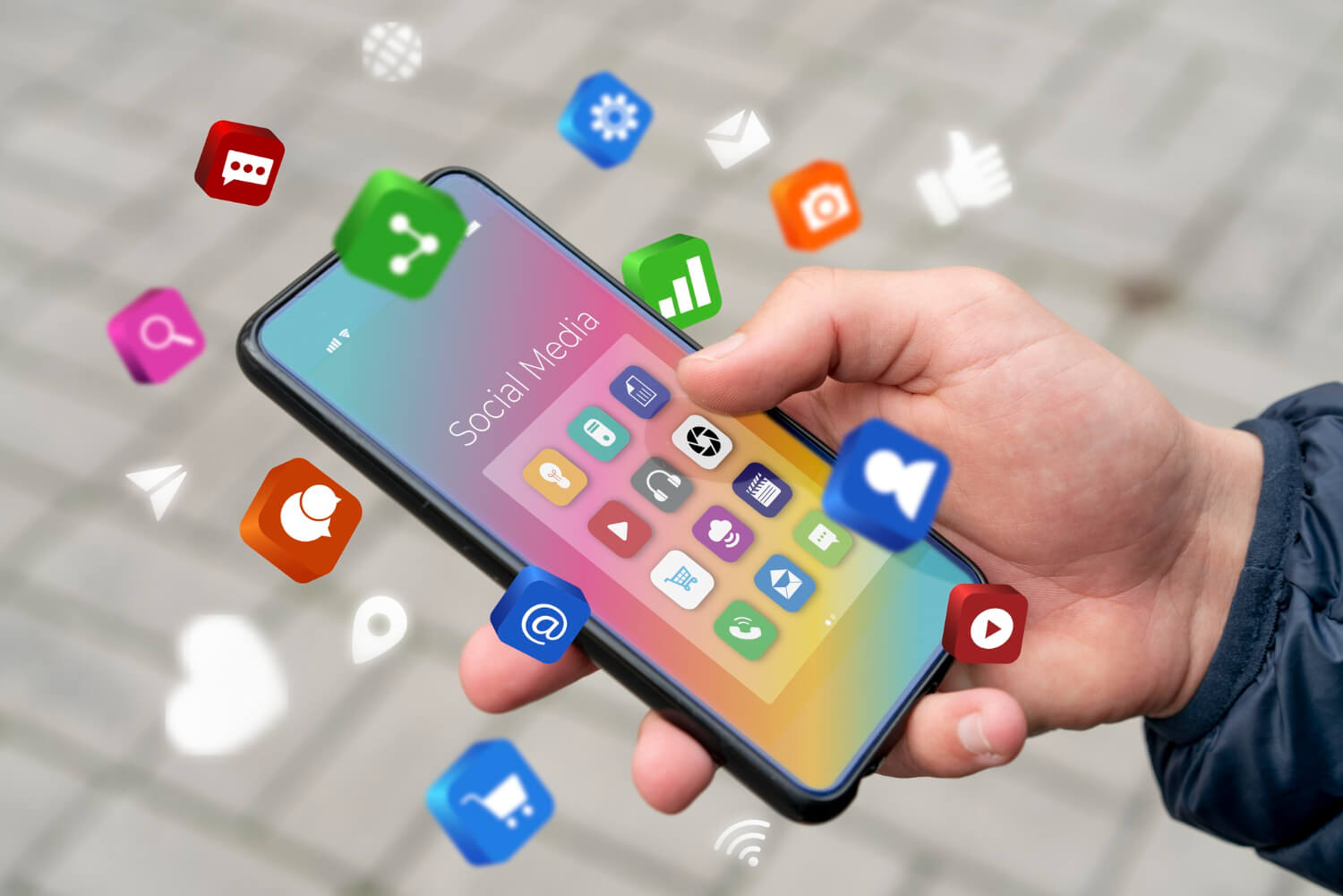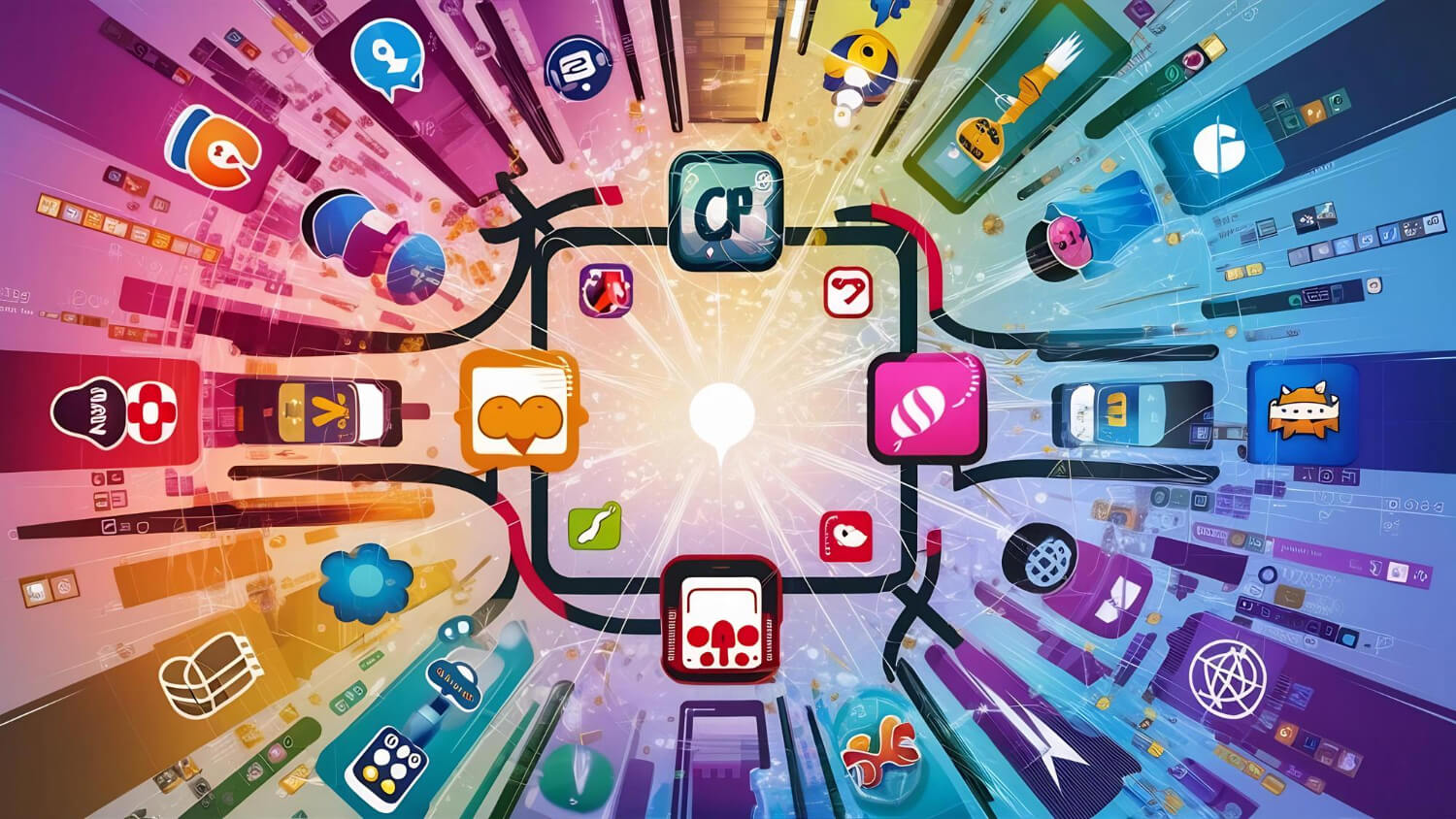The Best Social Media Platforms For Different Business Types
Social media has become indispensable for businesses looking to connect with their audiences and build strong digital relationships. However, the key to leveraging social media effectively is choosing the right platforms based on your business type, goals, and target audience. This guide explores the best social media platforms for various business types, offering insights, tips, and examples to help you craft a winning strategy.
1. Business-to-Business (B2B): LinkedIn and Twitter
For B2B companies, LinkedIn stands out as the ideal platform. LinkedIn is known for its professional network and connects businesses with decision-makers, industry professionals, and potential collaborators. It’s perfect for building authority, sharing insightful content, and generating leads. For example, software giant HubSpot uses LinkedIn to share blog posts, webinars, and success stories that resonate with their audience of marketers and sales professionals.
Additionally, Twitter works well for B2B businesses looking to stay on top of industry trends and engage in real-time discussions. Twitter chats and hashtags can connect you with professionals in your niche while showcasing your expertise.
Tips for B2B:
- Share long-form content like whitepapers, case studies, and thought leadership posts on LinkedIn.
- Use Twitter for live updates on industry events, trends, and quick engagement.
2. Business-to-Consumer (B2C): Instagram and Facebook
For businesses targeting retail customers, Instagram and Facebook shine as dominant platforms. Instagram’s visual focus makes it ideal for showcasing products, creating aspirational content, and connecting directly with customers. Brands like Glossier have built massive followings on Instagram by sharing user-generated content and aesthetically pleasing product images.
Meanwhile, Facebook’s vast user base and versatile features, such as groups and events, make it a go-to option for customer engagement. Businesses like apparel retailer ASOS leverage Facebook to run contests, share customer stories, and promote sales events.

Tips for B2C:
- Post high-quality images, videos, and reels to capture attention on Instagram.
- Use Facebook’s ad targeting tools to reach specific demographics and interests.
3. E-Commerce Businesses: Pinterest and Instagram
For e-commerce businesses, Pinterest and Instagram are goldmines. Pinterest is a visual search engine where users frequently explore ideas, products, and inspirations. This makes it a natural fit for businesses selling products in categories like fashion, home decor, and DIY crafts. For instance, Etsy sellers use Pinterest to showcase their unique designs through professional pins linked directly to product pages.
Instagram, particularly with its Shopping feature, offers a seamless path for users to explore, discover, and purchase products. Features like Stories, Shoppable Posts, and Instagram Live have helped brands like Sephora drive direct sales and enhance customer engagement.
Tips for E-Commerce:
- Optimize Pinterest pins with catchy titles, keyword-rich descriptions, and high-quality images.
- Use Instagram’s Shopping tags to make it easy for users to buy directly from your posts.
4. Local Businesses: Facebook and Google My Business
Local businesses thrive on platforms that connect them with their immediate communities. For this reason, Facebook and Google My Business (GMB) are essential. Facebook allows you to create a business page to share updates, post events, and communicate directly with customers. Many restaurants, for example, use Facebook to share daily specials and engage with customers through reviews and comments.
GMB is equally vital because it integrates with Google Search and Maps, making it easier for people to find nearby businesses. A well-optimized GMB listing includes photos, reviews, hours of operation, and even special offers.
Tips for Local Businesses:
- Regularly update your Facebook page with events, promotions, and local partnerships.
- Keep your Google My Business profile accurate and encourage happy customers to leave reviews.
5. Startups and Entrepreneurs: Instagram, TikTok, and Twitter

For startups navigating the early stages of growth, Instagram, TikTok, and Twitter are dynamic platforms to build brand awareness. Instagram provides a platform to share your story visually, TikTok lets you go viral with short, creative videos, and Twitter is great for connecting with early adopters and industry insiders.
Startups like Movement Watches used influencer marketing on Instagram to scale rapidly, while many small creators have used TikTok’s algorithm to reach a global audience with minimal budgets.
Tips for Startups:
- Experiment with Instagram and TikTok trends to make a splash on a budget.
- Use Twitter to connect with thought leaders and participate in conversations relevant to your industry.
6. Creative Industries: Instagram, Behance, and YouTube
Creative businesses like photographers, designers, and videographers need visually driven platforms to showcase their work. Instagram remains a favorite for creatives due to its highly visual nature and tools for creating engaging reels and Stories. Meanwhile, platforms like Behance cater specifically to artists, offering a professional space to display portfolios.
With its ability to host long-form video content, YouTube works exceptionally well for creative tutorials, behind-the-scenes videos, and creative storytelling. Creatives like Peter McKinnon use YouTube to demonstrate photography techniques while connecting with fellow enthusiasts.
Tips for Creatives:
- Curate an aesthetically pleasing Instagram grid to impress potential clients.
- Post tutorials on YouTube to establish yourself as an authority in your field.
Why Understanding Your Target Audience Matters
Choosing a platform isn’t solely about industry norms; understanding your audience’s preferences, habits, and needs is essential. For example, if your audience skews younger, platforms like TikTok and Snapchat may yield better engagement. On the other hand, professionals and older audiences are more likely to frequent LinkedIn and Facebook.
Using analytics tools to study your demographic insights can help you tailor your strategy further. For instance, tracking Instagram metrics like impressions, reach, and saves can show you what kind of posts resonate most.
The Power of Combining Platforms
While one platform may feel like a great fit, using multiple platforms can multiply the impact of your message. For example, you can share detailed blog content on LinkedIn, break it down into Tweets, and design infographics for Instagram. This cohesive approach ensures you reach customers wherever they prefer to spend time online.
Integrating social media with other marketing channels, like email or your website, can strengthen your overall strategy. A prime example is using email campaigns to promote limited-time offers mentioned on your social profiles.

